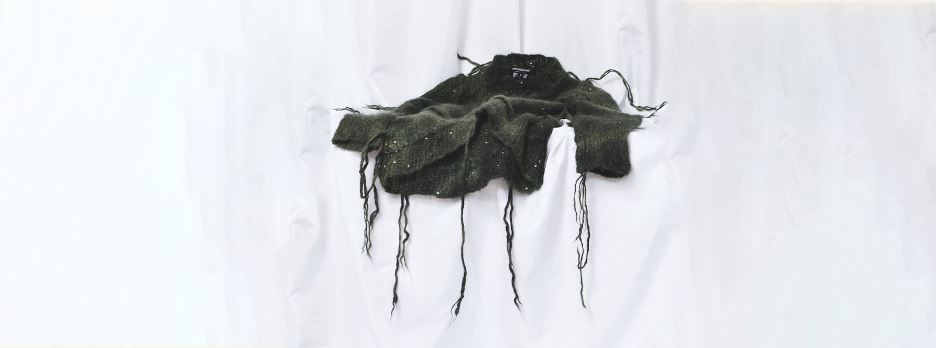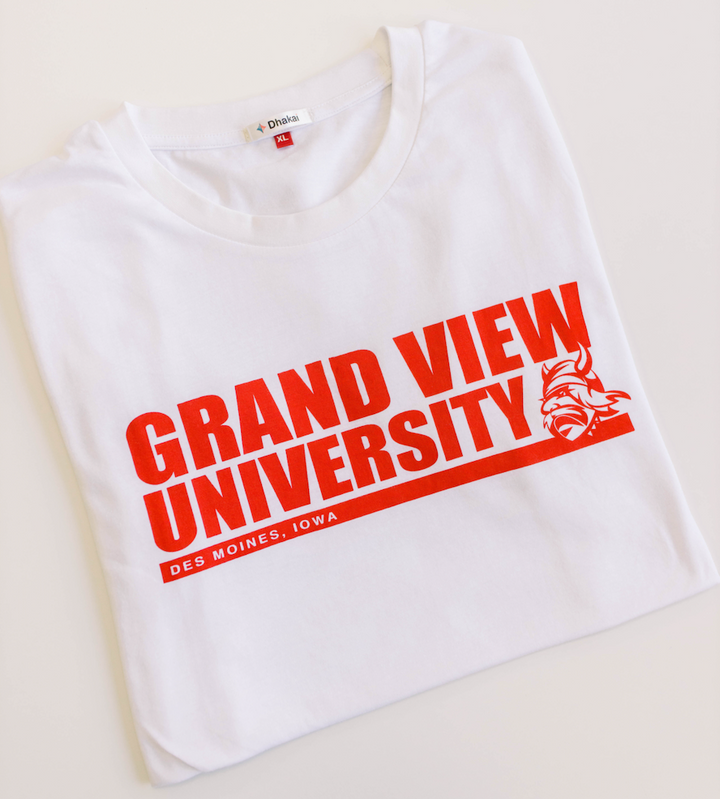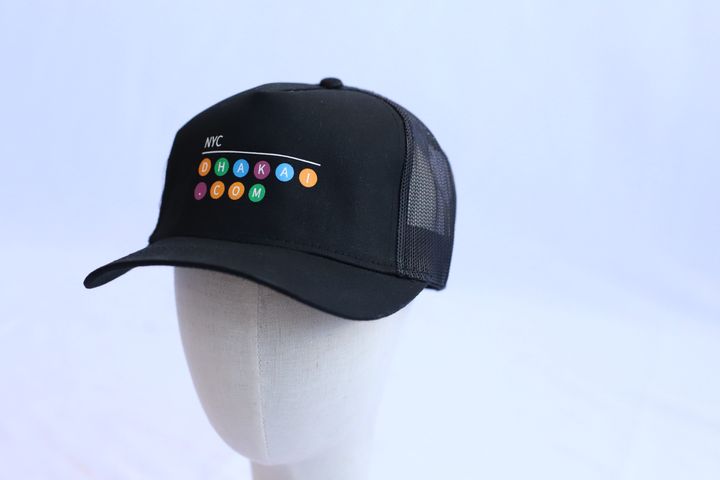Sustainable Wool: A Quick Overview
Learn about the aspects of production that determine what makes wool sustainable and environmentally friendly.

In an age of microplastics and fast fashion, wool is a highly recognized alternative for conscious-minded consumers. However, not all wool products are equal in terms of ethical standards and sustainability. We have identified three key aspects of wool production that determine what makes a qualified wool producer.
Cruelty-Free
To understand the concept of cruelty-free wool, further background on the sheep industry is necessary. Modern sheep breeds like the Merinos, most cherished for their fluffy sheepskin, are unfortunately prone to a painful and fatal parasite infection called flystrike. This infection occurs when a sheep’s breech becomes contaminated with blow flies and maggots that feed off of the sheep for days. Flystrike is dangerous to the health of the sheep and must be treated before it becomes deadly.
A controversial procedure called mulesing is often performed to rid of the flystrike. The process involves removing large strips of skin from the sheep’s breech, often without an anesthetic. But with careful use of cleaning sprays, flytraps and breeding practices, flystrike can be prevented without mulesing. Since there are safer and less painful alternatives to the operation, mulesing has been labeled as ‘cruel’ and ‘outdated’ by animal rights activist organizations like Peta and the Royal Society for the Prevention of Cruelty to Animals. Wool that comes from farms that do not perform mulesing or other practices that cause harm to the sheep would be considered cruelty-free.
The process of shearing sheep is also considered controversial by some animal rights organizations. Still, shearing is necessary for the sheep’s health and comfort, according to the American Society of Animal Science. Domesticated sheep have evolved through selective breeding and grow more hair than wild sheep, making it difficult for them to shed their coats naturally. In addition, large amounts of sheepskin can cause immobilization for the sheep, overheating and an increased chance of getting infections like flystrike. As a result, sheep farmers must shear their sheep to prevent any complications.
In the hands of a skilled and competent shearer, the sheep are kept calm and the shearing process only takes a few minutes. Shearing is typically a painless process. But in the hands of an untrained laborer trying to meet quotas for wool to sell, shearing can quickly become a dangerous and traumatic experience for the sheep and the worker. Sheep that are appropriately taken care of during the shearing process would be considered cruelty-free.
Regenerative Farming
In the sheep farming industry, farmers use regenerative farming to manage their herds to mimic how herd animals behave in the wild. Farmers move their herds after concentrating the sheep’s hooves and “leftovers” in a smaller area before relocating. This acts as a natural fertilizing process and helps the land grow lush and healthy. When the grass has grown back, the sheep can return to the site and begin the cycle again.
Regeneration International describes regenerative agriculture as a farming and grazing practice that works to rebuild organic matter. By following the four basic regenerative principles of promoting biodiversity, eliminating or decreasing tillage, reducing artificial fertilizers and using regenerative grazing management for livestock, farmers can reduce their environmental impact while farming. In return, regenerative farming restores degraded soil biodiversity, improves water cycles, transfers carbon from the air into the soil and helps to reverse climate change.
Sustainable farming practices for sheep farmers are essential to maintain an ecological balance. Traditional industrial farming methods have been known to result in land unfit for production and consistent use. However, with careful land management techniques through a system called regenerative farming, raising sheep not only prevents environmental damage - it can also revive the land.
Recycled Wool
Recycling wool has been practiced for over 200 years and the material can stay in circulation for several uses. In addition, wool fibers themselves are durable and long-lasting; hence when a beloved sweater has reached the end of its life cycle, the wool can be broken down and spun again into brand-new wool products for a fraction of the production cost.
According to the International Wool Textile Organisation, recycling results in wool that has the potential to be reused for 20-30 years. Wool doesn’t have to only be recycled from post-consumer products either. Trimmings and dead stock fabrications from the manufacturing process can easily be collected and recycled, saving them from the landfill before the consumer sees them. Choosing to recycle wool products ultimately extends the product's life and reduces waste.
There are three main methods to recycle wool: closed-loop systems, open-loop systems and re-engineering. Closed-loop systems strip garments down to their raw form before reusing the material to make new garments. Open-loop systems reuse wool for industrial products like insulation. Lastly, the re-engineering process takes old items and uses the material to make new ones.
As you can see, there are complex variables to consider before being able to determine the environmental and ethical impact of wool. Unfortunately, in the textile industry and especially in textile waste, a lack of transparency is a barrier. With the recent demand for transparency from both brands and consumers, new technology and innovations are emerging to unlock a chain of data telling the entire story of the product. At Dhakai, our mission is to tackle transparency in this industry. Interested in using sustainable wool in your next product? Sign up at dhakai.com/registration to get started.
Want to learn more about sustainable textiles? Check out our overview about vegan leather here.




